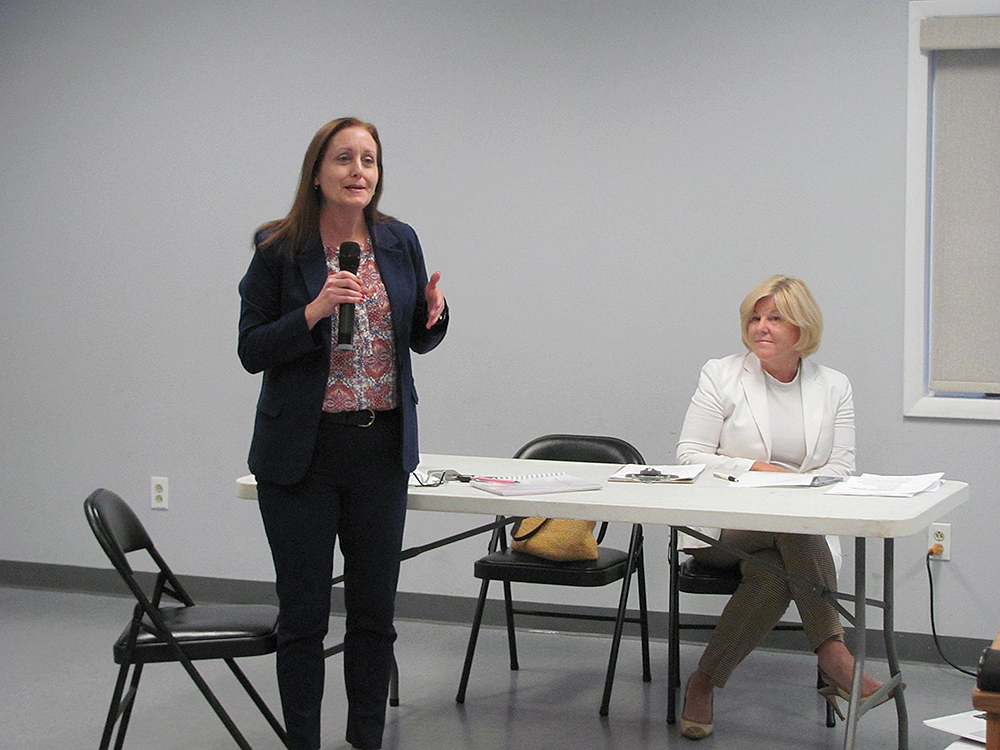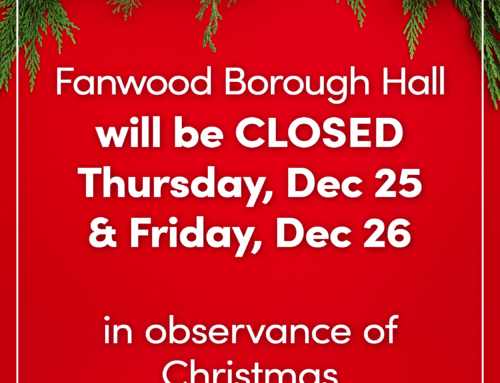(Fanwood, NJ ) — The Borough held a forum on September 11 at the Forest Road Park Building on the New Jersey’s affordable housing process and what lies ahead as the Fourth Round of affordable housing obligations are announced in the coming weeks by the state’s Department of Community Affairs.
Mayor Colleen Mahr said in the 1975 New Jersey Supreme Court Mount Laurel ruling the Court said “each municipality has a constitutional obligation to provide a realistic opportunity for the construction of Fair Share of Affordable Housing.”
Caroline Reiter of T&M Associates, the Borough’s affordable housing planner, said a number of dates are quickly approaching per state legislation signed by Governor Phil Murphy on March 20, 2024.
Key dates the Borough has to meet are:
- October 20: New Jersey Department of Community Affairs releases its Round 4 municipal affordable housing obligations to the town.
- January 31, 2025: Deadline for the Mayor and Borough Council to adopt a binding resolution stating what its affordable housing obligation is. This can be DCA’s assigned obligation or another obligation with an explanation of why DCA’s obligation was not used.
- February 28, 2025: Deadline for an interested party to submit a challenge to the town’s affordable housing obligation set forth in the binding resolution.
- June 30, 2025: Deadline for the Planning Board to adopt a housing element and fair share plan.
- August 31, 2025: Deadline for interested parties to challenge the adopted housing element and fair share plan.
- March 2026: Deadline to amend the housing element and fair share housing plan, and adopt ordinances and documents with the town’s affordable housing plan.
New Jersey has six affordable housing regions. Union County is in Region 2 with Essex, Morris and Warren Counties.
Reiter said the regional need is broken down by equalized nonresidential valuation, which is tax assessment information; income capacity, which is census information, and land capacity, which is the town’s vacant and available land.
She said one area that can be used to meet the town’s affordable housing obligation is inclusionary housing, a mix of market rate and affordable units. The set aside for affordable units in such a development usually ranges between 15 and 20 percent. Other permitted options include age restricted or senior units, special needs units, rental units, and family units whereby there are no restrictions. Veterans preference housing is another area that can be used.
Reiter said an analysis of vacant land in the Borough has begun to look at density characteristics and other developmental characteristics in advance of the release of the affordable housing obligation.
Resident Henry Lubinski asked about overlay zones.
Mayor Mahr explained that overlay zones are where development can occur in Fanwood to meet its affordable housing obligation.
Liz Jeffery, the borough’s director of economic development, said Lightbridge Academy became an adaptive reuse by converting the building to a preschool learning center because that was a permitted use in the overlay zone. 40 South, a multi-housing development with market rate and affordable units, was also part of the borough’s affordable housing plan, she said.
Reiter said affordable units need to be deed restricted for 30 years. These units go through a lottery system and income eligibility requirements.
Resident Michael Lewis asked how the borough’s master plan fits in with affordable housing requirements.
Mayor Mahr said Fanwood chose to pause on the master plan adoption until the affordable housing obligation is addressed so that the borough does not have to go back and revise the housing element contained in the master plan.
The PowerPoint Presentation can be viewed here.
A video of the whole event can be found here










